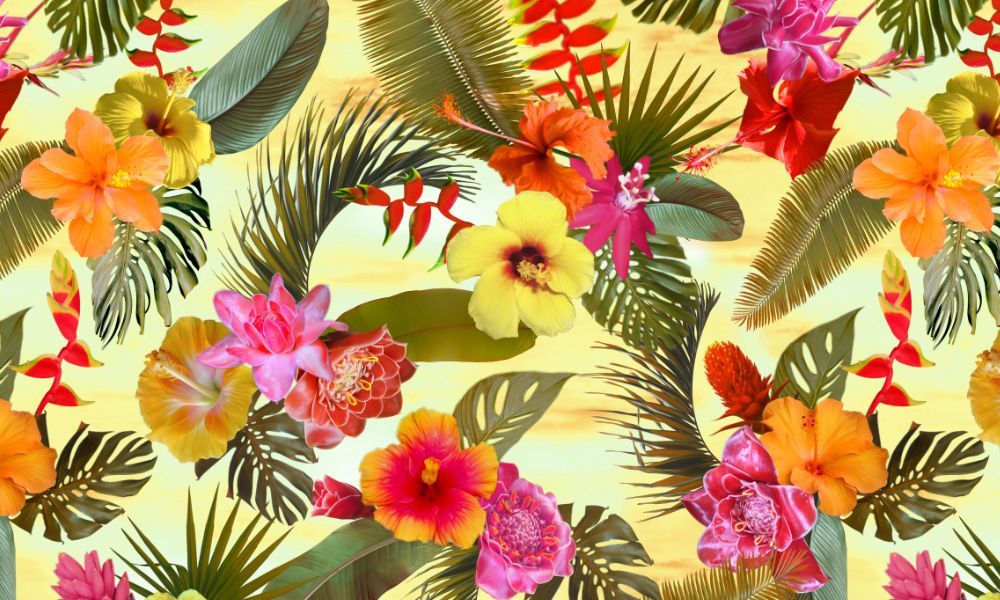Do you know how it is done and how the culture of printing began? So learn more about this habit and techniques for printing prints.
The technique of printing clothes is as old as the habit of wearing them. Since Ancient Egypt, fabrics were dyed manually, according to master in Fashion, Culture and Art by Senac, Juliana Amaranta.
However, the standardization of printing occurred through the Industrial Revolution, in the 19th century. And its popularization took place in the 70s, when print began to be incorporated more strongly into wardrobes and prints became more colorful, bold and cheaper.
However, as prints became more accessible and, therefore, more popular, they also began to be considered tacky. It was then the Japanese who were largely responsible for bringing printing fashion back, launching the mix of prints. At first, a choice that seemed dangerous, but ended up working and giving way to the “mix and match” aesthetic.
Stamping techniques
The creative process that takes fabrics to the final printing result goes through three processes: spinning, weaving and finishing. However, the techniques used in these processes were not always as we know them today.
The techniques, which began as artisanal, went through several different methods until reaching the mechanized and digitalized form, most used today. So, let’s get to know a little about these printing techniques below.

Stencil
This is one of the oldest manual techniques. Found in Phoenician pieces, it was made using “hollow molds”. In other words, sheets were cut and glued to the fabric and the parts that would be colored were “hollowed out”. In this way, each blade corresponded to a color and were overlapped, thus forming a complete print.

Batik
This technique emerged on the island of Java, Indonesia. It consists of manually applying wax to some parts of the fabric, creating the outline of the print. Furthermore, applying the wax can also be done with suitable tools, such as stamps, marking the contour using pressure.
Thus, the colors are applied repeatedly within these contours and, at the end, the fabric is washed, bringing the print to life.

Screen printing
In screen printing, or as we know it today, silk-screen, the print is printed using a process similar to stenciling. Therefore, some areas of the fabric are sealed with a contour and others are squeegeed with paint.
This way, the sealed areas delimit the applied paint. Thus, the process is repeated color by color until the desired print is formed. However, in the 1920s, in the United States, this technique was mechanized with machines that carry out this process with frames and squeegees.
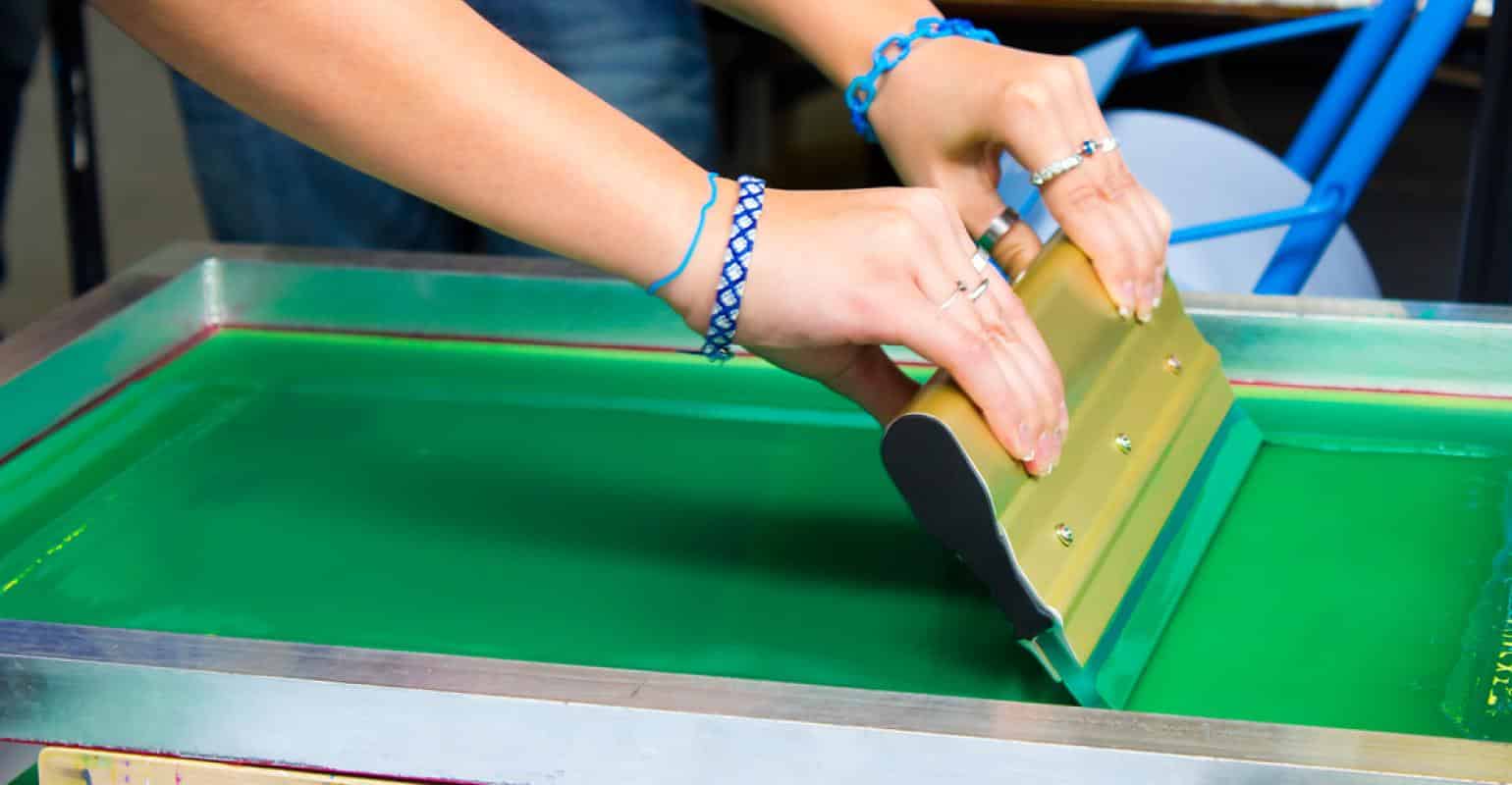
Perrotine
This is one of the first mechanized printing techniques. It was created by a Frenchman called Pierrot, in 1834. This printing process occurs through the use of blocks, which print simultaneously across the entire fabric.
However, the technique did not become as popular in England, as a similar model was developed on English soil in the same period. Basically, the new technique made printing using cylinders, which was more efficient.

Copper Cylinders
From the technique known as intaglio, which consists of engraving the print on a copper plate in bas-relief, printing with copper cylinders emerged. This mechanized technique, which emerged in the 19th century, was used to print silk and cotton.
Around 1750, the technique became very popular in the production of classic decoration. “Toiles de Jouy”, developed by Cristopher Phillippe Oberkampf.
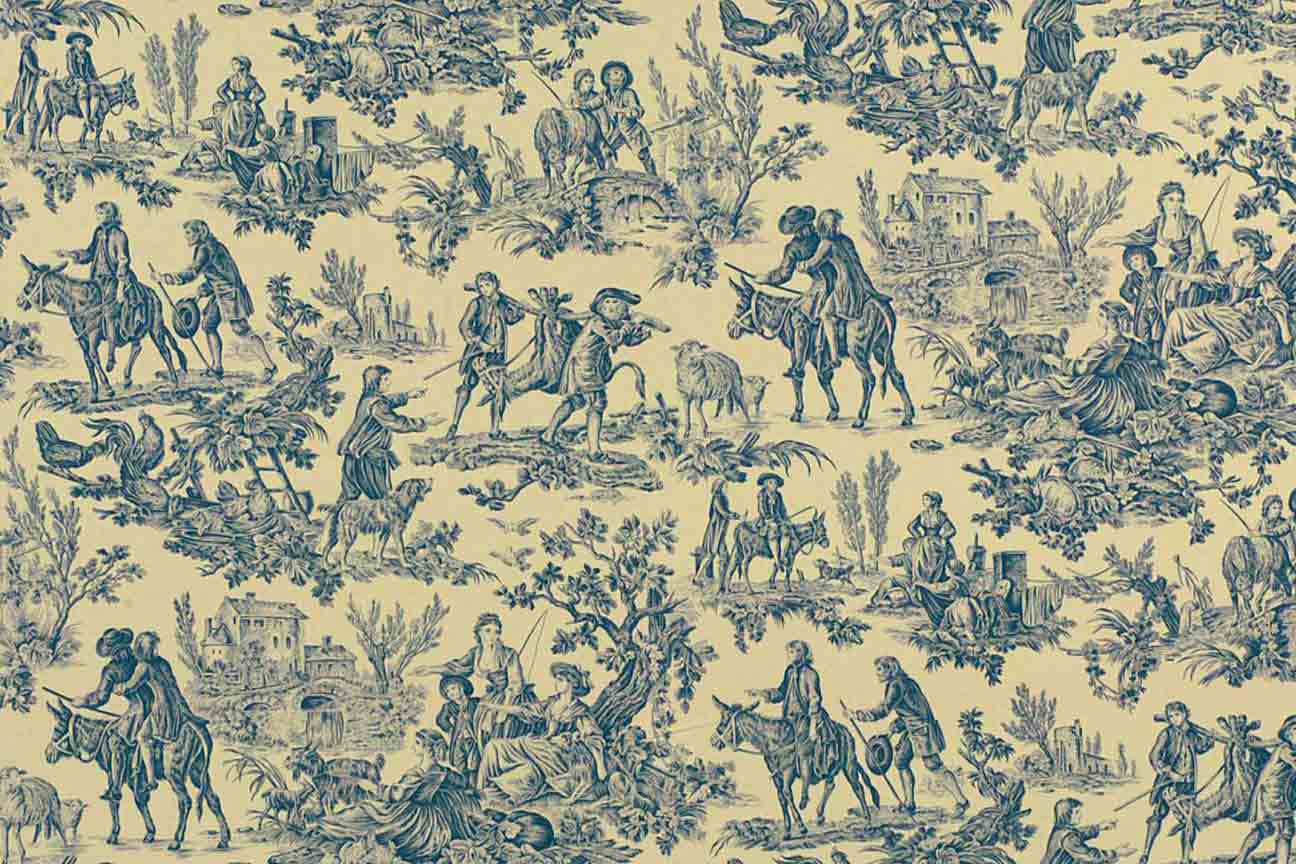
Engraved Cylinder
This technique emerged in 1783 and can also be known as rotogravure. Patented by Scotsman Thomas Bell, this printing process consists of transferring ink from the relief of a copper cylinder to the fabric.
Thus, the print is made by pressure when the fabric passes between the inked cylinder and the machine drum and was the first to work precisely and with a variety of colors.
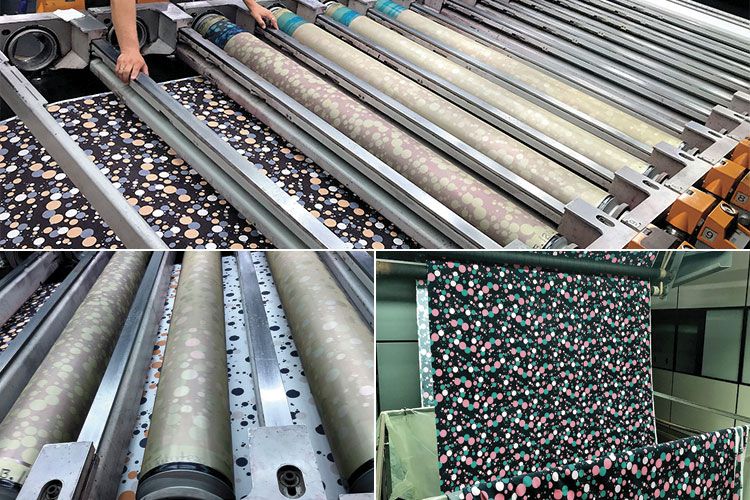
Microperforated cylinders
This mechanical printing process consists of depositing the ink inside the cylinders. In this way, certain parts of the cylinder, sealed or perforated by a photomechanical process, are responsible for printing the print.
Digital Printing
This is the most recent printing technique, it emerged in the 19th century, but became popular around 1990. Its principle of printing on fabrics is the same as that done by printers on paper.
Thus, the printer receives, through a computer, the data of the design to be printed, and the ink is deposited on the fabric using ink cartridges. In this process, there is a wide variety of machine models that can improve and make shades more precise.
There are also pre-printing and post-printing equipment, which work the fabric to better receive the dye and then to improve its fixation. Furthermore, this technique is much more efficient in terms of the market, as it reproduces the prints more accurately and requires less inputs and labor.
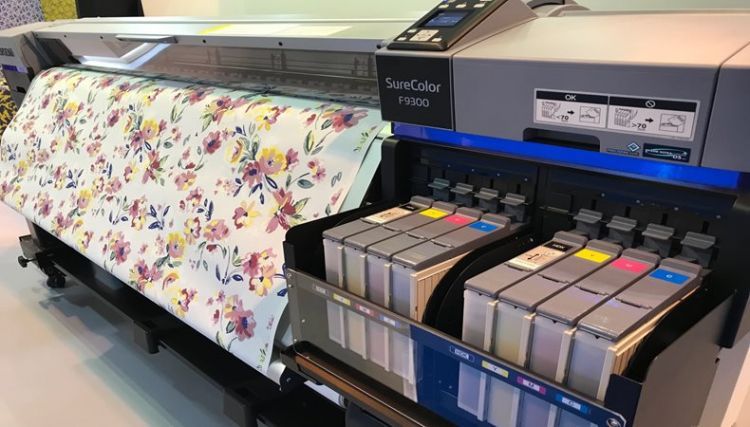
Classic Prints
Some prints created over the centuries become so popular that they continue to be used. So, now get to know some of these most famous classic prints.
Animal Print

Found in Egyptian drawings from 6000 BC, this print was already widely used by the nobility of the 18th century, but became popular in the 1930s. It is believed that due to the release of the film Tarzan, where the characters wore animal prints. However, you don’t necessarily need to wear fur to be in animal print fashion, there are currently high quality fabrics that simulate animal prints.
Houndstooth
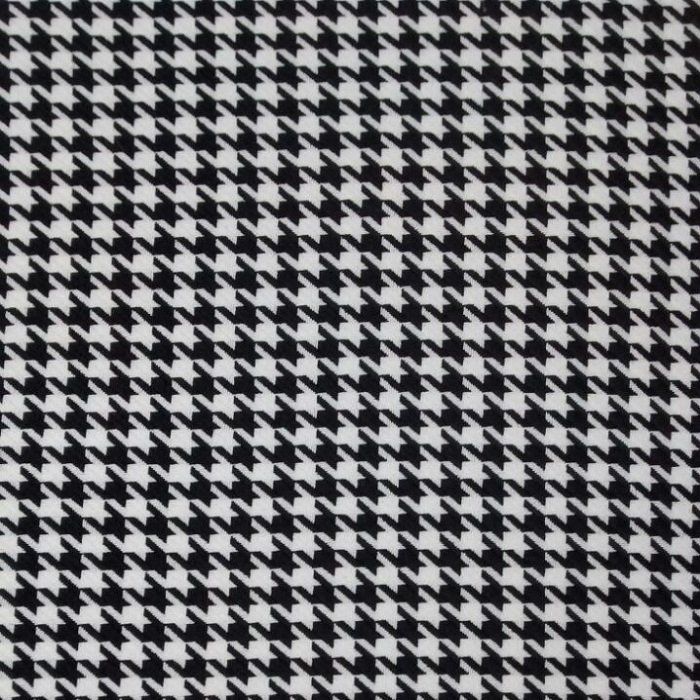
This style of design emerged around 1880, in Scotland, on the woolen clothes worn by shepherds. But some time later, it became considered a luxury item and therefore became popular among the upper classes. Thus, in the 20th century, it was incorporated by French designer Christian Dior into his creations.
Vichy
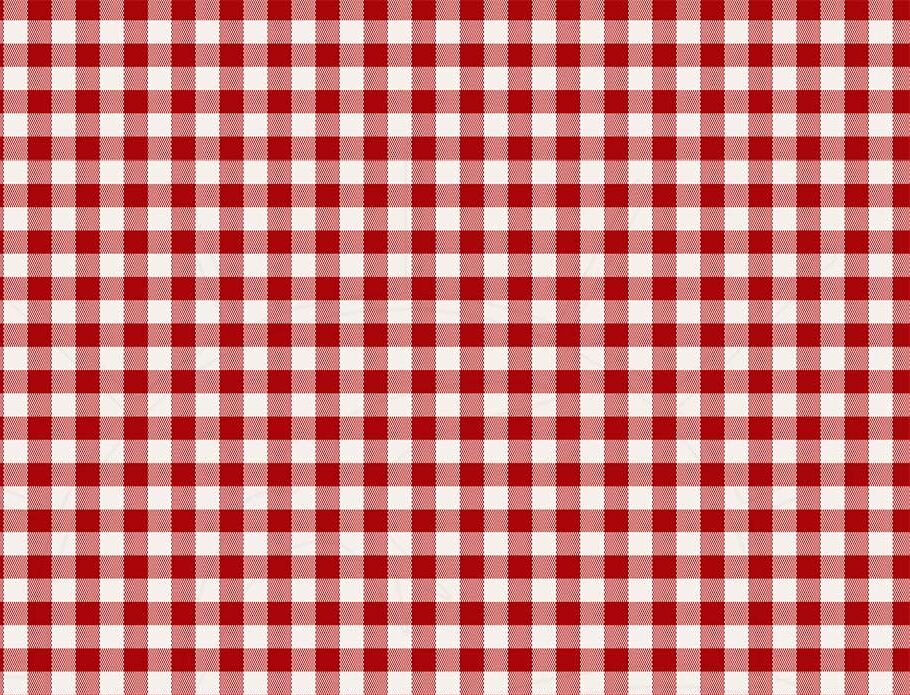
It is believed that this print appeared in the region of Vichy, France, which is why it gets its name. Basically, it consists of three colors, with white as the base, forming a checkered design. It began to be imported to the European continent in the 17th century, but became popular in the 50s and 60s, thanks to European cinema and, mainly, the French actress Brigitte Bardot.

Inspired by the prints worn by sailors, this style as a fashion emerged with Queen Victoria in 1840, when she presented her son with a uniform that carried the print. However, it was in the 1920s that it became popular in women’s wardrobes thanks to French designer Coco Chanel.
Pucci
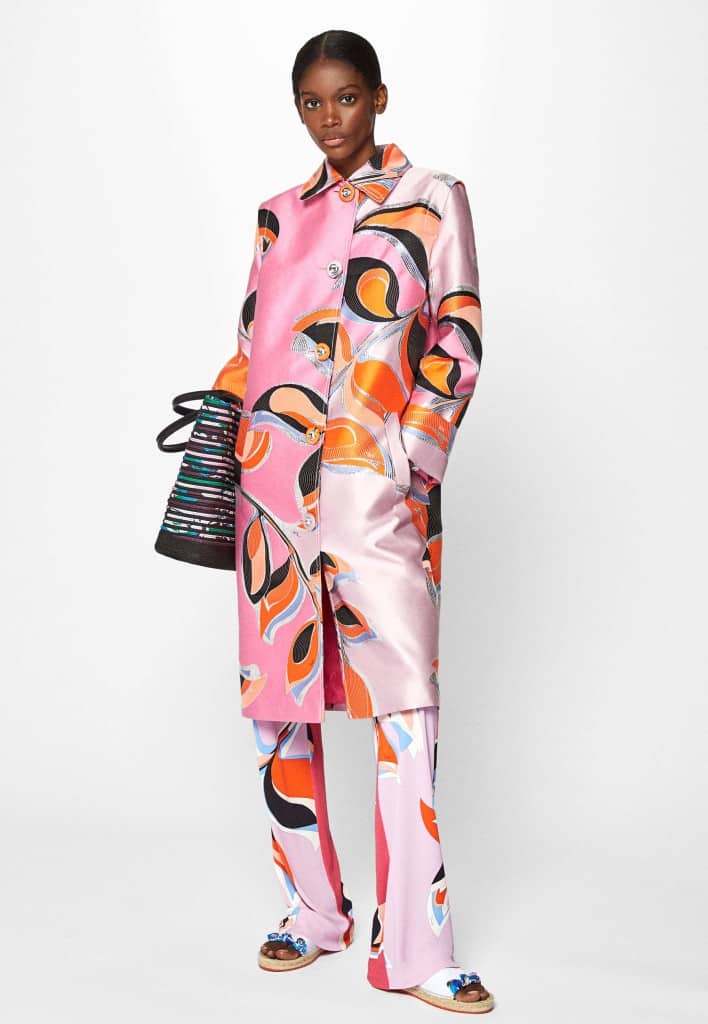
Created in the 1950s by Italian fashion designer Emilio Pucci, the vibrant colors of this style became a global trend. Inspired by the culture and landscapes of the Mediterranean, the pucci print can be easily recognized to this day, whether due to its bright colors or geometric shapes.
Floral Liberty

Classic in the most romantic pieces, this print appeared in 1875 with English merchant Arthur Lasenby Liberty. The delicate but strong-colored flowers are popular to this day.
Burberry

Burberry is one of the most beloved in the world. It appeared in 1924 and mixes the colors beige, red, black and white forming a checkered design. Very well known for printing bags, blouses, skirts and for being on the linings of coats, the print was awarded by Queen Elizabeth II with an honorable mention given to brands.
Paisley

Paisley prints have been reported to be originally seen on artifacts from Iran and the Roman Empire. However, it was in the 70s that designs in vibrant colors and teardrop shapes became popular, especially within the hippie movement.
Chevron

This geometric print has existed since at least 1800 BC, being found in Greece on flags, uniforms and porcelain. But its French zigzag shape, which resembles the spine of a fish, is more geometric and can be both colored and black and white.
Did you enjoy learning a little more about the origins of the habit of printing fabrics? So also check out some tips on how to use and abuse printed pieces.
Sources: O Time, Fenix
Images: Pinterest, Digitale Têxtil, Companhia das Agulhas, Divaholic, Future Print, Wikipedia, Beaux Tissus, Pettenati, FESPA Brasil, Tenstickers, Tecidos Baratos, Bazar Horizonte, As Tagarelas, Harper’s Bazar, Urban Flowers, Ozten, Freepik, Sagrol Tecidos

Sign up for our newsletter and stay up to date with exclusive news
that can transform your routine!
Warning: Undefined array key "title" in /home/storelat/public_html/wp-content/plugins/link-whisper-premium/templates/frontend/related-posts.php on line 12
Warning: Undefined array key "title_tag" in /home/storelat/public_html/wp-content/plugins/link-whisper-premium/templates/frontend/related-posts.php on line 13

